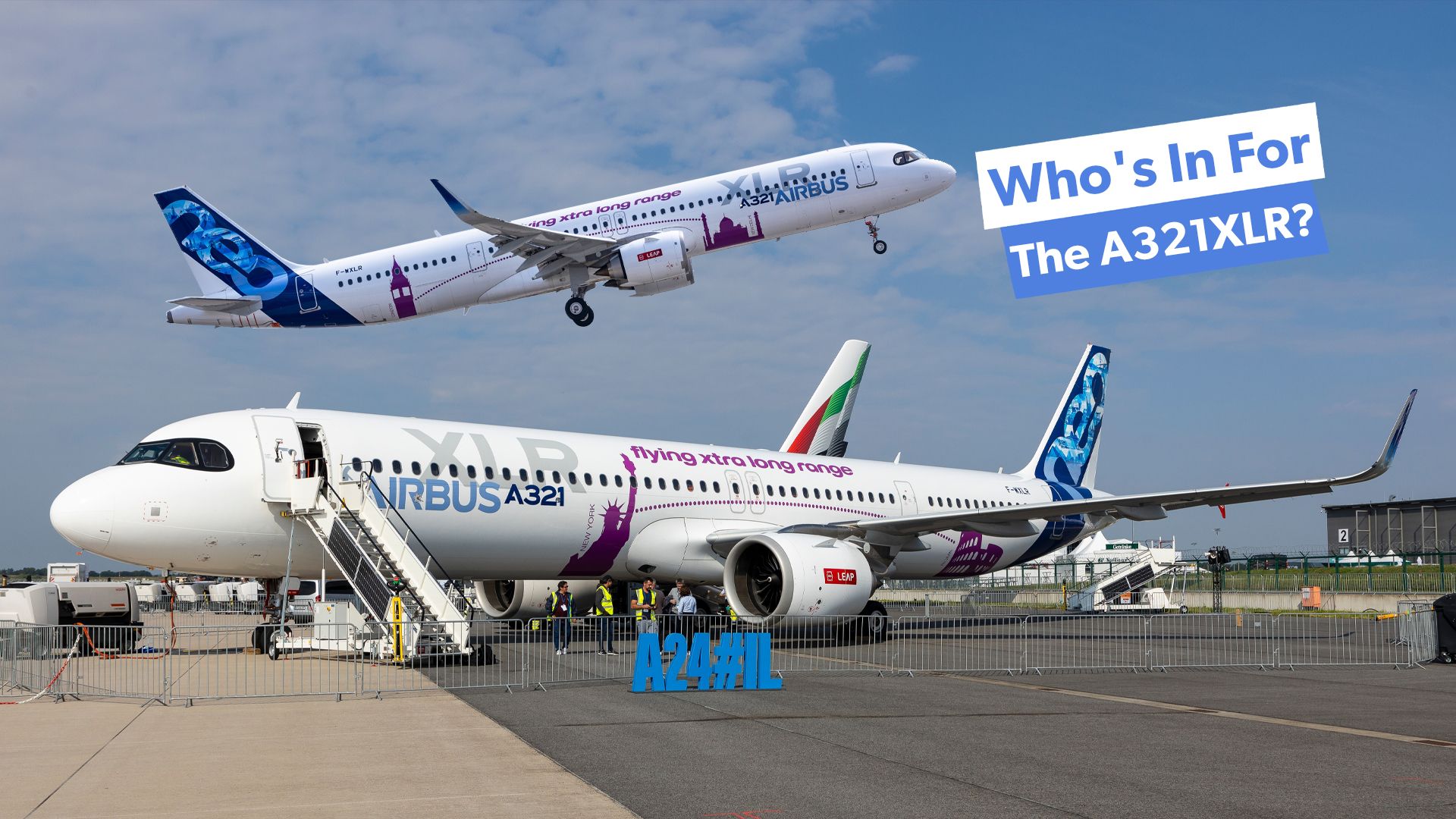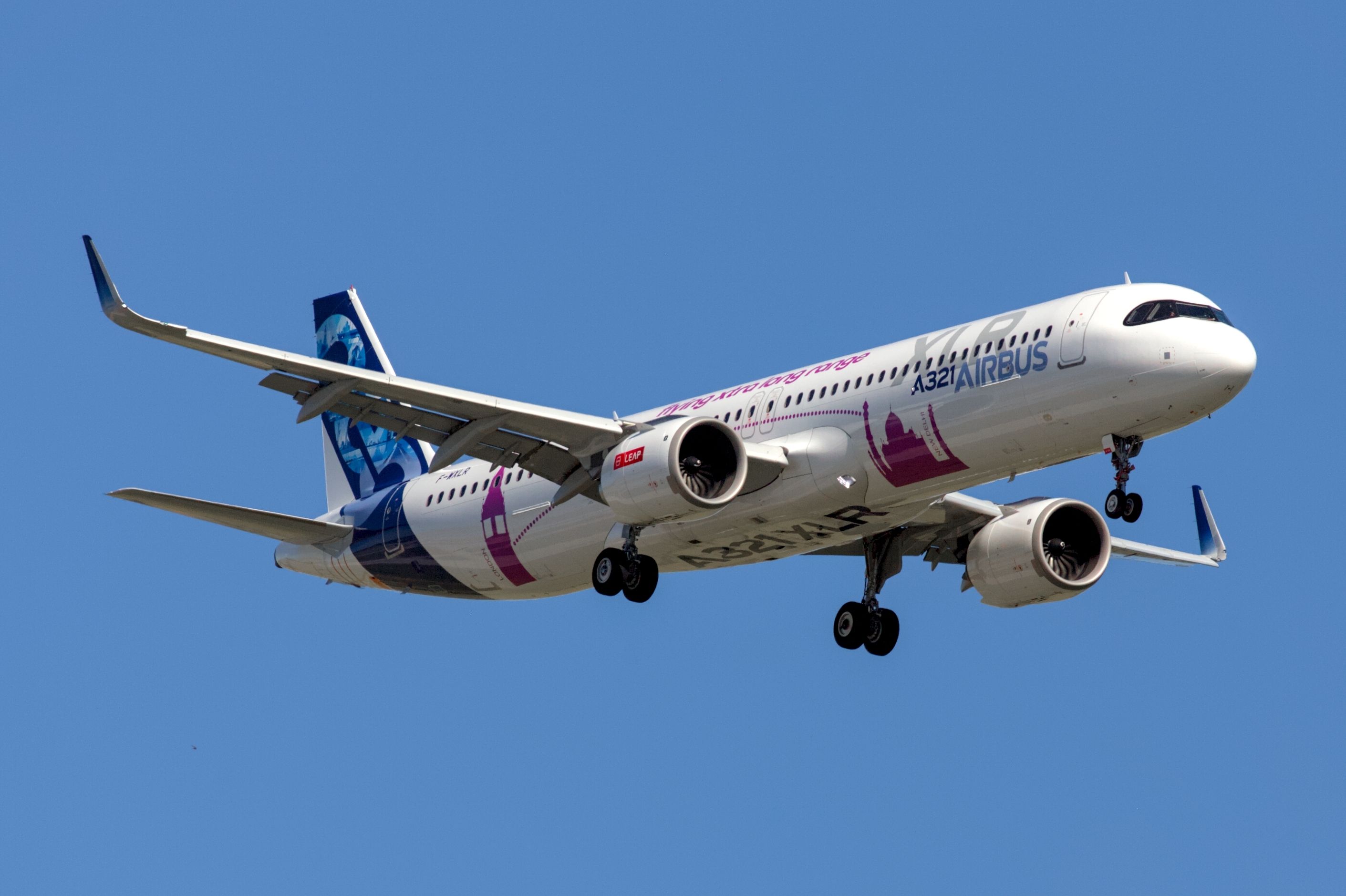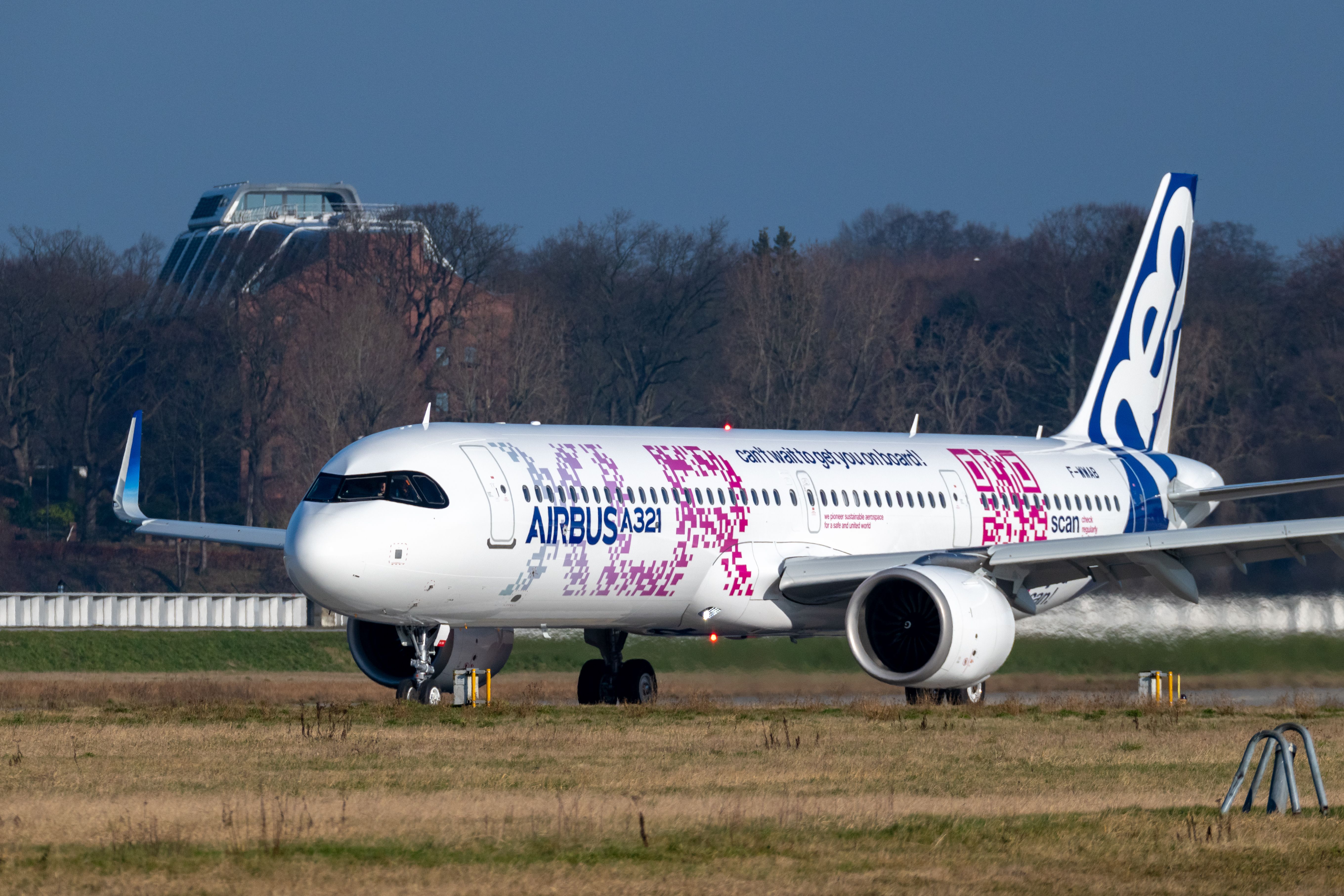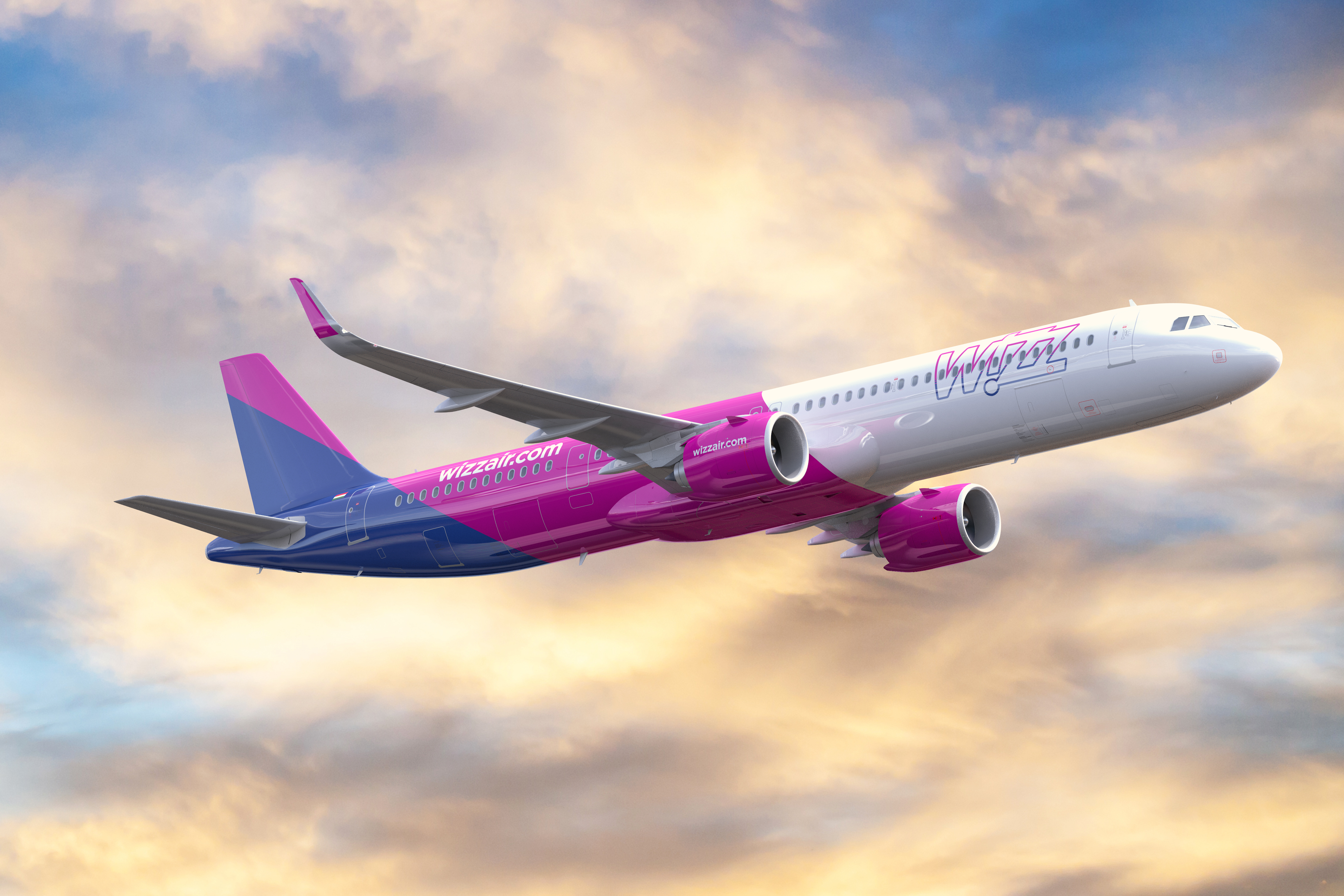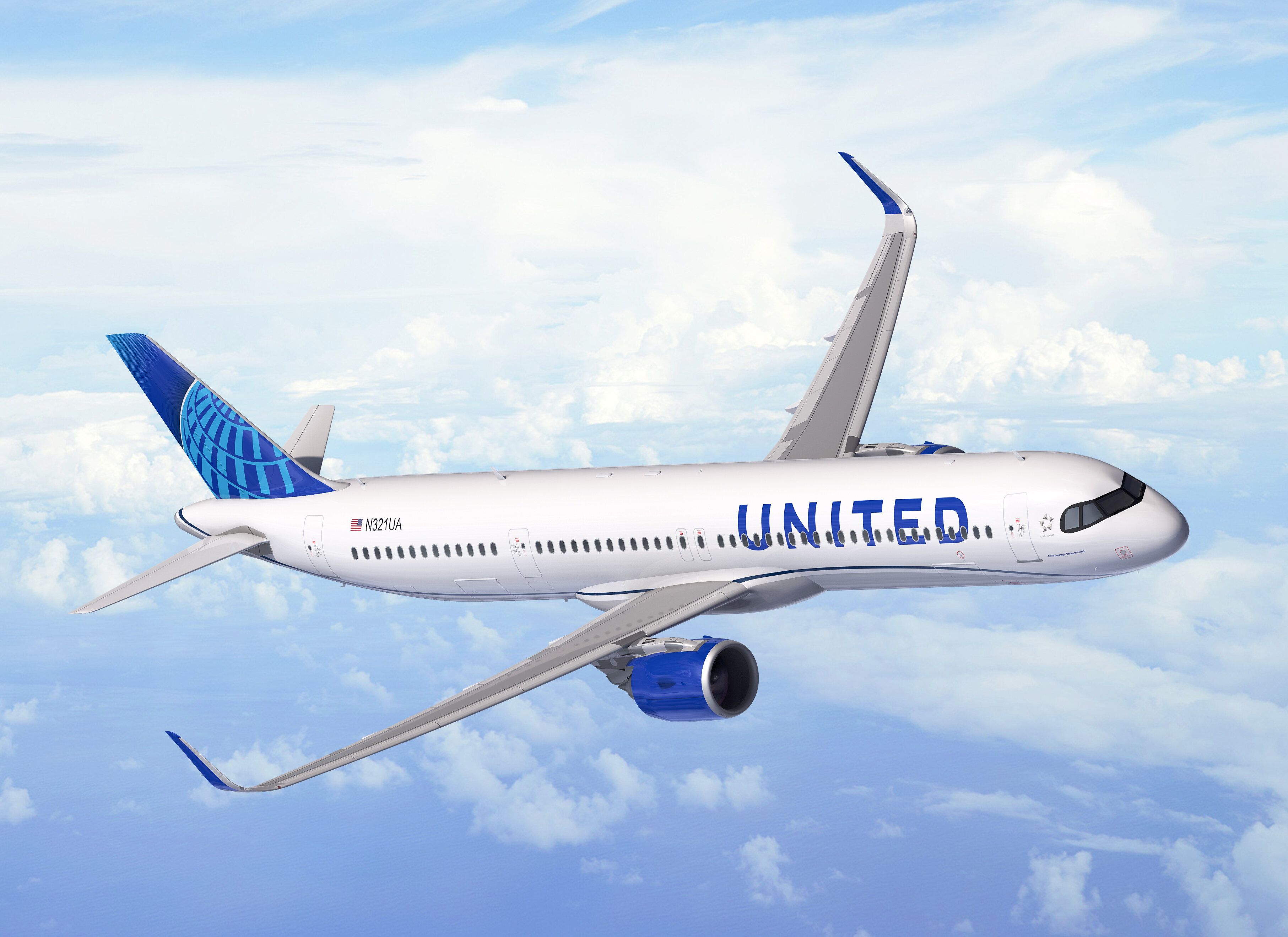The Airbus A321XLR is just two months away from its entry into service, with Iberia tagged as the launch customer and tentatively scheduling its first A321XLR flights for mid-November. Airbus, describing how the development of the A321XLR is “approaching the finish line”, confirmed that the European Union Aviation Safety Agency (EASA) had certified the aircraft, approving the type to operate commercial flights with the CFM International LEAP-1A engine, with certification of the PW1100G-powered A321XLR expected later this year.
Photo: Airbus
With excitement building for the commercial launch of this revolutionary aircraft, let’s examine which airlines have ordered it and how they plan to deploy it.
Revolutionary or evolutionary?
Sceptics will argue that the A321XLR is just an evolution of the existing A321neo program. After all, a long-range (LR) version is already in production, so this XLR (eXtra Long Range) option is surely just an incremental increase. But in fact, it is much more than that when you compare the A321neo types:
- A321neo: The original A321neo, which entered into service in 2017, had a 15% lower fuel burn versus the A321ceo and an increased range of 3,500 NM (6,480 km)
- A321LR: The long-range upgrade, which first flew in 2018, added three auxiliary fuel tanks to increase the range to 4,500 NM (7,410 km). This made it a truly transatlantic aircraft of the size of the Boeing 757-200, but with 25% lower per-seat costs.
- A321XLR: While still using the same A320neo body, the XLR is a genuine leap forward. It can carry up to 244 passengers and has a maximum range of 4,700 NM (8,700 km), a 35% increase over the already market-leading A321neo. It achieves this extra range by adding a permanent rear-center cargo fuel tank, which will hold around 12,900 liters (3,400 US gal) of fuel. It also has a 30% reduced fuel burn compared to the previous generation of competitors.
Photo: PhotographerKevin360 | Shutterstock
Creating entirely new business models
The extra range of the A321XLR allows it to operate at previously unachievable distances for narrowbody aircraft, and this is where the revolutionary part comes in because it will allow airlines to deploy it with entirely new business models.
- Route opener: The most widely touted use of the A321XLR is as a route opener, allowing airlines to add longer-distance routes without the financial risk of not filling a 250+ seat widebody. An example would be Delta opening routes from its JFK hub to cities like Turin, Krakow, or Bratislava. If the route subsequently requires more capacity, it can always be upgraded to a larger aircraft.
- Hub-buster: The A321XLR could allow new airlines to link destinations served by legacy carriers without connecting through the legacy hubs. An example would be a LCC connecting Boston to Bordeaux or Baltimore to Bologna.
- Replace / Right-size: For several carriers, such as Delta and United, the A321XLR is an obvious replacement for the B757 in their fleets, while for others, it will provide a more economical option for flying routes that under-capacity A330s, B767s, and B787s currently serve.
Photo: Airbus
Which airlines have ordered the A321XLR?
Airbus doesn’t publish a customer list for the A321XLR, stating that the list is subject to change and that some customers don’t want the information visible to the competitors. However, Airbus confirmed that the type already has over 550 orders from 25 different airlines, and we have put together the most notable airline orders (i.e., excluding lessors and undisclosed customers) in the table below.
|
Airline |
Order |
|---|---|
|
IndiGo |
69 |
|
American Airlines |
50 |
|
United Airlines |
50 |
|
Wizz Air |
47 |
|
Qantas |
36 |
|
Air Canada |
30 |
|
Air Arabia |
20 |
|
AirAsia X |
20 |
|
VietJet |
20 |
|
JetSmart |
14 |
|
Icelandair |
13 |
|
JetBlue |
13 |
|
LATAM |
13 |
|
Cebu Pacific |
10 |
|
Flynas |
10 |
|
SKY |
10 |
|
Aer Lingus |
6 |
|
Iberia |
6 |
|
Air Transat |
4 |
|
Middle East Airlines |
4 |
|
Czech Airlines |
3 |
|
Drukair |
2 |
Let’s take a closer look at some of the eye-catching early operators of the type:
Iberia
When IAG placed its A321XLR order, the original plan was for Aer Lingus to make the first commercial flight with the aircraft. However, that has now changed, and Iberia will be the first airline in the world to fly the A321XLR. The carrier is currently offering flights on the type from Madrid (MAD) to Boston (BOS) from November 14th, with a service that will include 14 lie-flat seats in business class.
Indigo
India’s low-cost carrier is one of Airbus’ biggest customers and has the largest order for the A321XLR at 69 aircraft. IndiGo CEO Pieter Elbers, says that they expect to receive their first A321XLR in 2025 and will significantly increase the carrier’s international expansion as it seeks to double in size by 2030.
“The XLRs will increase our operations to various destinations in Europe and Asia, including cities like Athens, Seoul, and Rome. Their introduction into the fleet represents a significant expansion for IndiGo.”
Wizz Air
Wizz Air is the first ULCC to order the XLR and expects to receive its first aircraft in March 2025. This will be based at London Gatwick (LGW) and be deployed on a new seven-hour daily service to Jeddah (JED). The second aircraft, set to arrive in June 2025, will be based in Milan (MXP) and be deployed on a new seven-hour daily service to Abu Dhabi (AUH).
Photo: Airbus
As József Váradi, Wizz Air’s CEO, points out, both of these routes are new and well beyond the traditional range of a narrowbody aircraft, indicative of the XLR’s ability to allow an airline to expand cost-effectively to new destinations:
“The Airbus A321XLR is the most cost-efficient aircraft of its class and, given the enhanced range capability, it enables Wizz Air to connect the furthest destinations in our network and further expand it. We are already flying several 5-hour ultra-low-cost routes with great success, and the XLR will extend our value proposition to 7–8-hour long flights.”
The US airlines
The A321XLR is seen as a B757 replacement for US airlines like American Airlines and United Airlines. But it also has potential as a route opener to new European destinations or even allow the carriers to maintain seasonal routes year-round by downscaling them from widebodies to the XLR over the winter months.
Photo: Airbus
Expect to see the XLR arrive with the US airlines later in 2025 and spend a few months of proving flights on transcontinental routes. However, given that American Airlines already has premium-rich cabin plans, including new lie-flat private suites, a premium economy cabin, and 4K screens throughout, these are surely destined for international routes as well.
